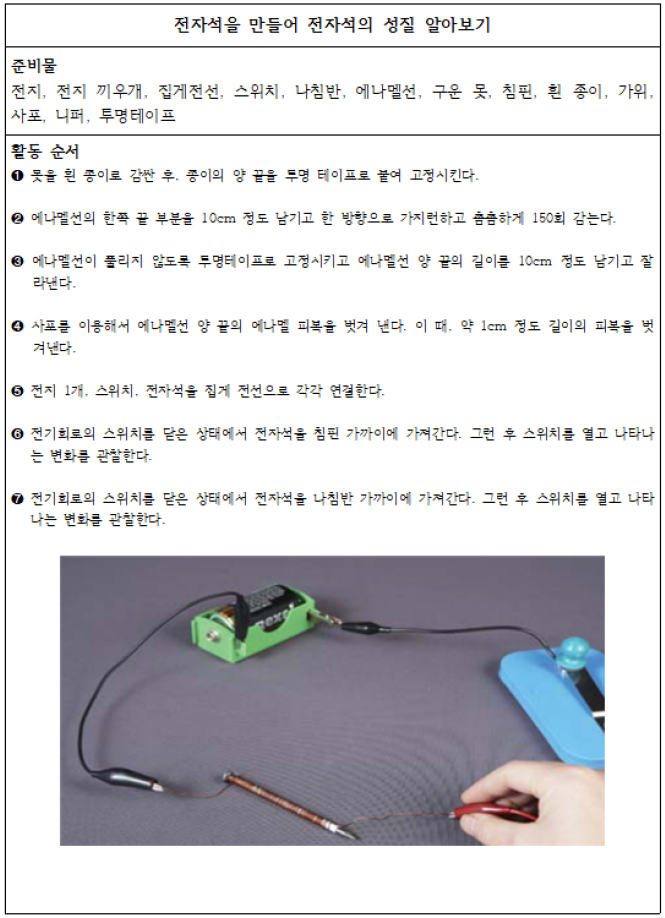Abstract
The purpose of this study is to find out what tool affordances are for tools and materials that interact with students during scientific experimental activities. For this, 22 university students were asked to conduct scientific experimental activities "to make electromagnet and to identify the properties of electromagnets" to collect experimental behaviors and concurrent think aloud, retrospective think aloud, and gaze positions. Based on the collected data, all experimental behaviors of the participants were listed, and the number of participants in each experimental behavior was investigated. Tool affordance, which is the cause of this experimental behavior, was inferred, focusing on unintended experimental behavior among experimental behaviors that appeared in many participants. As a result of the study, 3 kinds of tool affordance were found as follows. “There will be some reaction at a specific location of the tool.”, “When you manipulate tools of different sizes together, manipulate the small ones and keep the large ones still.”, “Do not touch the seemingly dangerous parts.” These tool affordances can lead to incorrect procedural representations, making it difficult to accurately follow the experimental manual. Due to human nature, tool affordance perceived from tools and materials in scientific experimental activities affect the construction of representations of procedures. Therefore, it is necessary to understand tool affordance and produce experimental manuals in order to avoid negative effects from representation of incorrect procedures.
Figures & Tables

Fig. 1. Experimental manual


